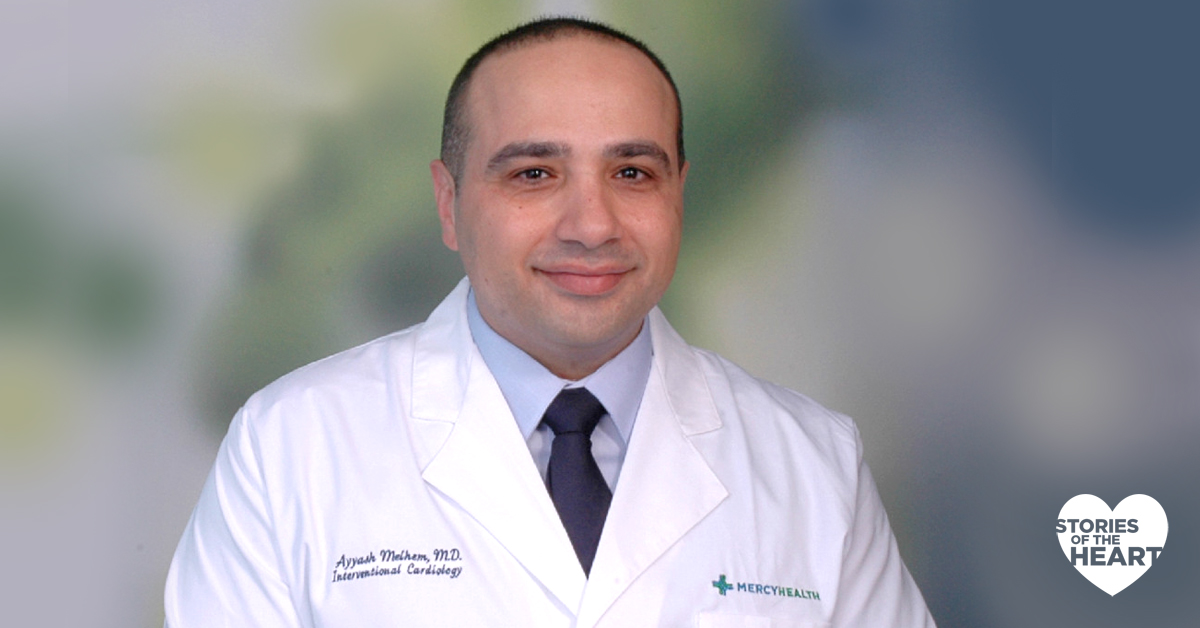From systolic to diastolic: we break down the numbers
Understanding your blood pressure is important for keeping yourself healthy. Blood pressure is the pressure of the blood pumping through your blood vessels. The numbers of a blood pressure reading tell a doctor about the force and rate of your heartbeat. It also helps a doctor understand how round and flexible your artery walls are. Blood pressure is taken during different phases of your heart’s contractions and expansions.
How is blood pressure measured?
A medical professional takes your blood pressure by placing a flexible cuff on your upper arm. The cuff inflates to put pressure on and off your arteries and blood flow. When the cuff inflates and immediately deflates, the healthcare provider is listening with a stethoscope. They’re trying to hear a specific whooshing noise. The noise indicates your systolic blood pressure reading. When the noise stops, that’s when your diastolic blood pressure is measured.
What do blood pressure readings mean?
An ideal blood pressure reading is right around 120 over 80. It’s also written 120/80. Numbers higher than this may mean mild or critical hypertension, or high blood pressure. It helps to understand what the numbers measure:
- Systolic is the top number in a reading. It should be below 120 because it represents the force that squeezes and pushes blood through your arteries.
- Diastolic is the bottom number in a reading. It should be below 80 because it represents the pressure in your arteries when your heart is resting between beats.
What causes high blood pressure?
You can have high blood pressure, or hypertension, for various reasons, including:
- Adrenal gland issues
- Drug and alcohol abuse
- Excessive stress
- Heart defects
- Inherited conditions
- Kidney disease
- Medication side effects
- Sleep apnea
Women may develop hypertension because of the stress on their bodies during pregnancy. Doctors closely monitor and manage a woman’s blood pressure during pregnancy. If it’s not managed, a baby may be born prematurely or with a low birth weight. Hypertension tends to reverse itself after pregnancy. However, hypertension during pregnancy may be an indicator you’ll get it later in life.
What are the stages of hypertension?
There are various degrees of high blood pressure. Know the difference between the stages to understand the reading.
- Elevated blood pressure means your systolic is 120 to 129 and your diastolic is less than 80.
- High blood pressure/hypertension stage 1 means your systolic is 130 to 139 or your diastolic is between 80 to 89.
- High blood pressure/hypertension stage 2 means your systolic is 140 or higher or your diastolic is 90 or higher.
- Hypertension crisis means you need to seek emergency medical attention because your systolic is higher than 180 and/or your diastolic is higher than 120.
It may take more than reading to confirm a hypertension diagnosis. There are times your blood pressure reading may be elevated because you’re nervous about the test. Or there’s stress in your life.
Further testing for high blood pressure
If your readings are consistently high, your doctor may order more tests to find out why your numbers are elevated. You may need the following tests:
- Urine test
- Cholesterol screening
- ECG (heart’s electrical activity)
- Ultrasound for your heart or kidneys
These tests can also tell if there’s any damage to your organs before you start hypertension treatment.
What do I do if I have high blood pressure?
Hypertension is easily treated. It’s up to you to be consistent with treatment. To treat high blood pressure, you may need to change a few habits of your lifestyle, including:
- Quitting smoking
- Eating a healthy diet
- Losing excess weight
- Reducing your salt intake
- Reducing the stress in your life
- Adding more exercise to your day
In addition, medications can help balance and reduce the pressure in your vessels. These include beta blockers, diuretics, ACE inhibitors and other types of blockers.
Do you want to learn more about how to prevent or manage high blood pressure? Visit Mercy.com to make an appointment with a physician near you.






